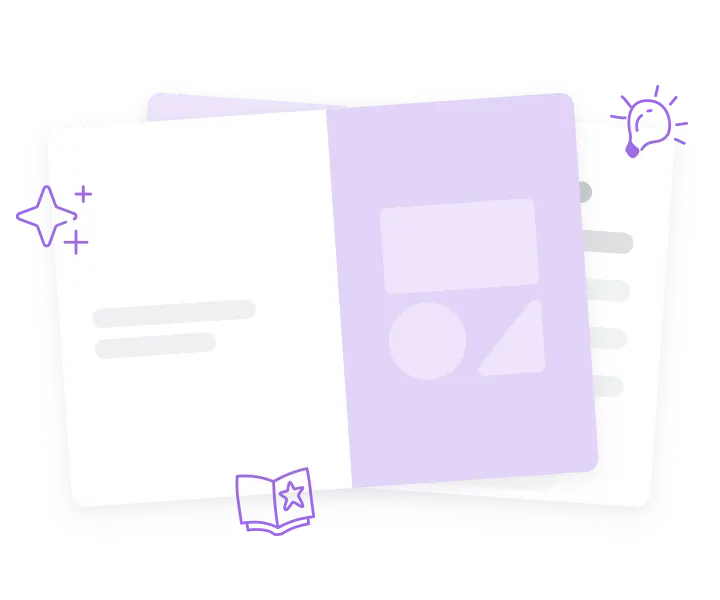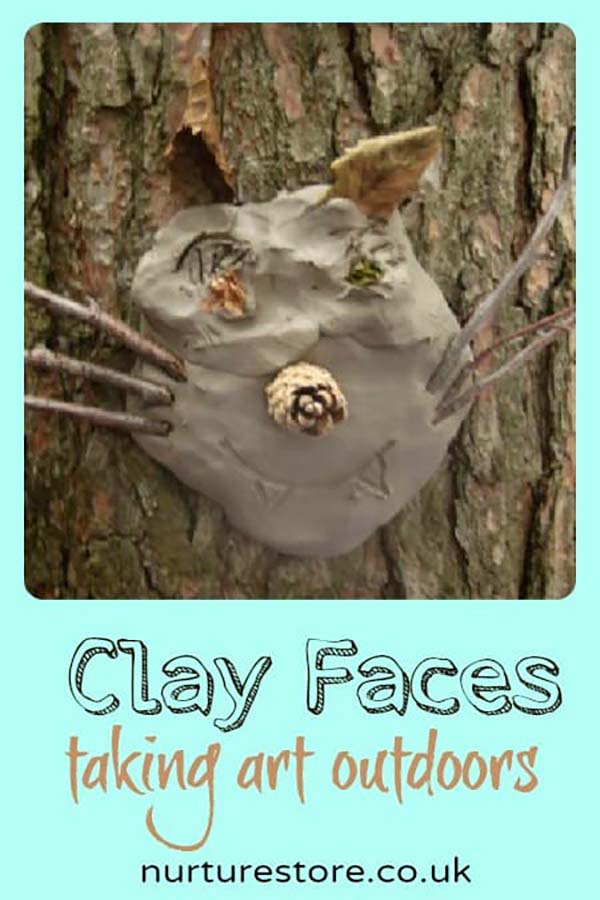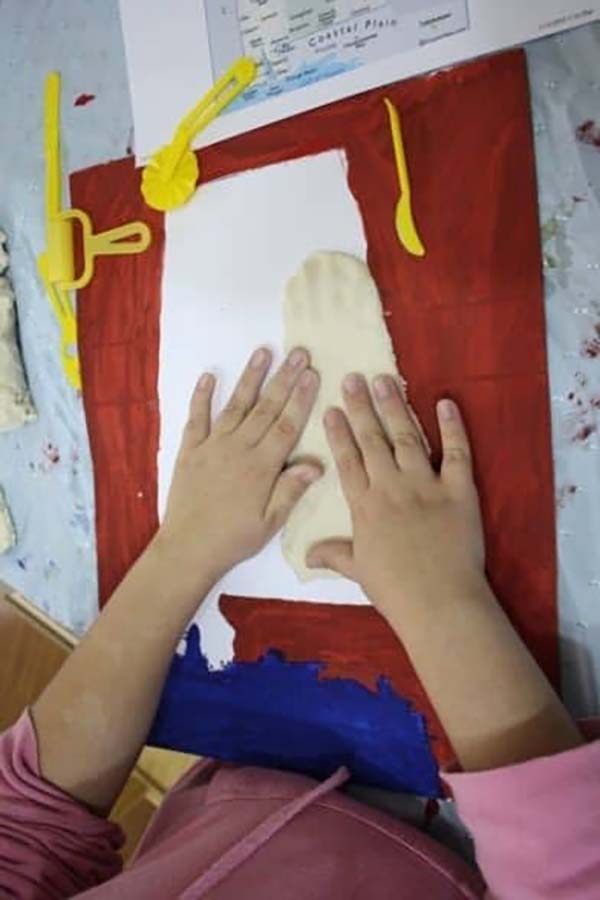settings
children
With Famly since
The classic picture book Where the Wild Things Are, written by Maurice Sendak, has been recognized as a classic children’s book for many decades and is fantastic to read aloud. The children who were reading this book in their preschool class many years ago are now the parents and educators reading it to the following generations and their own children.
Here are 8 Where the Wild Things Are activities that you can do in your classroom after reading aloud the classic children’s book. These activities will further engage the children and add more interactive, engaging learning in addition to listening.
Where the Wild Things Are Activities
1. Wild rumpus musical statues
This wild idea:
Musical Statues by Silly Fish Learning

Throw your own Wild Rumpus, just like Max did in Where the Wild Things Are. This activity is a great way for children to move their monster feet, mimicking the behaviours of the characters.
Resources you'll need:
Space to move around and music.
How you do it:
Put your best wolf suit on and find a space in the room to dance. When the music starts playing, the children must dance like a Wild Thing in the story. Stomp, march, and make shapes like a character in the pictures of the book. Whenever the music stops, they must freeze, posing like a Wild Thing. Let the Wild Rumpus begin!
Want to take it further?:
You can play this game with or without elimination. If playing with elimination, anyone who moves when the music is stopped must sit down. Keep playing the game until only one child remains.
The big ideas

2. Grow your own forest
This wild idea:
How to Plant Seeds for an Easy Kids Gardening Activity by Teaching 2 and 3 Year Olds

Watch your own forest grow, and grow until your classroom is hung with vines like Max's room in the story. This seed planting activity is a wonderful way to learn about the plant growth process and will support children to demonstrate responsibility as they explore caring for their plants.
Resources you'll need:
Plant pots, soil, seed packets, ice lolly sticks, trowels or something to scoop the soil, and a spray bottle filled with water.
How you do it:
Start by labelling each plant pot with the children’s names. Have the children pick out which seeds they want to plant in their pots, and scoop the soil into their plant pot until it is almost full. Place 2-3 seeds in each child’s hand, and have them place the seeds in the middle of their pot. Gently place more soil on top to cover the seeds. Have the children mist the soil in their pots. Write the name of the plant on an ice lolly stick and place them in the soil of each pot. Place the pots near the window, so they have lots of light to help them grow. Encourage the children to monitor the growth of their plants. Talk about how the different seeds grow at different times, and how their appearances may be different, while introducing new vocabulary.
3. Follow the King (or Queen) of all Wild Things
This wild idea:
Follow the Leader Game by Empowered Parents
.jpeg)
Crown someone the King (or Queen) of All Wild Things, like Max is in the story. The rest of the group must copy the King or Queen. This 'follow the leader game' encourages children to focus and move in sequence, as well as practice giving and following directions.
Resources you'll need:
Space to move around
How you do it:
Choose one child to be the King (or Queen) of All Wild Things. Have the rest of the children line up behind the leader. The King or Queen of all Wild Things is free to stomp, howl, and march just like a Wild Thing. The rest of the children must copy all of the leader’s movements. Have children take turns being the King or Queen until everyone has had a chance to put their best monster claw forward!
Want to take it further?:
Play this game outdoors! You could play this game anywhere: in the garden, a field, a nearby park, or even a forest.
4. Sail your own private boat
This wild idea:
Homemade Sailboats by What Do We Do All Day?

Talk about the concepts of floating (or sinking, depending on how well the boats hold up!) during this simple science experiment. Take your very own private boat, through night and day, to Where the Wild Things Are. This activity supports you to introduce new scientific vocabulary as you describe what's happening on the water.
Resources you'll need:
A base (e.g., a sponge, plastic bottle, cork – anything that will float!), skewers or toothpicks, square pieces of construction paper, and water to sail on.
How you do it:
Poke two holes in the middle of your square piece of paper, one at the top, and one at the bottom. Put your skewer through the front of the paper through the top hole, and the backside of the paper through of the bottom hole. Attach the skewer to your base. Place your boat on the water.
Want to take it further?:
Grab some straws and have your children blow on their boats. Have them pay attention to how they move when they blow on them. Watch them sail through the water, just as Max did, through night and day, and in and out of weeks!

5. Wild Obstacle Course
This wild idea:
Simple Obstacle Course by Empowered Parents
.jpeg)
Go on a wild adventure with a fun outdoor obstacle course to Where the Wild Things Are! This activity is great for children’s coordination and gross motor skill development.
Resources you'll need:
An area with lots of space, cones or empty plastic bottles, a tunnel, bean bags, a laundry basket, chalk, rings, and anything else you may have access to!
How you do it:
This activity is very flexible, as it can be done indoors or outdoors, using whatever materials you have on hand. Set up an obstacle course using your knowledge of the children to create challenges, risk-assessing as you go. You could follow the plot of the book, with obstacles representing events in the story. For example, the children could climb over then under an obstacle, representing Max's private boat on the waves.
6. Paint Your Own Forest
This wild idea:
Create a Big Mural Together from Teach Preschool

Encourage the children to paint a mural together of the forest in Max's room. This activity is great for their cooperative play development. This activity allows them to unleash their imagination, practice their fine motor skills, and collaborate with their peers!
Resources you'll need:
Crayons, paintbrushes, paint sticks, markers, a large sheet of paper or a large canvas, and collage materials (optional).
How you do it:
Tell your children that you’re going to create a forest, just like the one in Max’s room in Where the Wild Things Are! Encourage them to communicate and collaborate with their peers to make their own flourishing forest, and to help each other fill in any empty spots in the forest. You could encourage the children to draw inspiration from the plants they're growing (see activity number 2.), get ideas from the illustrations in the book, or imagine their own plants. Why not read Where the Wild Things Are aloud as the children paint?
Want to take it further?:
Watch your forest flourish outside by creating a Giant Painting Outdoor Art Project! Have your children paint their own forest on a cardboard surface or on the sidewalk, and watch it grow, and grow, and grow!
7. Create a Wild Thing
This wild idea:
Outdoor Face Sculpture by Nurture Store

No need to travel to Where the Wild Things Are for this one. Create your own monster, without hearing their terrible roars, or taming them with a magic trick. This activity is great for children to demonstrate their creative skills and practice using their imagination!
Resources you'll need:
Clay (or playdough), paper plates, natural materials such as leaves, sticks or twigs, pine cones, seeds, or bark.
How you do it:
Start by gathering your natural materials from your center's garden or in a forest. Give each child a chunk of natural clay (or playdough) and get them to knead it to help it soften on the paper plate base. Encourage them to shape the clay into a face of their very own Wild Thing. Using the natural materials you collected, support the children to stick them into the clay to add details to the monsters. You can also use a stick to carve details into the face.
8. Map Out Where the Wild Things Are
This wild idea:
Salt Dough Map by We Have Kids

Embark on your own journey to Where the Wild Things Are by creating a salt dough map! This hands-on activity provides children with an opportunity to practice their tactile and sensory skills, and demonstrate spatial awareness.
Resources you'll need:
4 cups of flour, 2 cups of salt, 2 cups of water, 2 tbsp of cream of tartar, cardboard (for the base of your map), paint and paintbrushes, and toothpicks.
How you do it:
Help the children to combine the flour, salt, water, and cream of tartar with their hands, to make the salt dough. Apply a layer of dough to a cardboard base: Grab a clump of dough, and press it down onto the surface to flatten, or use tools, like a rolling pin. The children can get inspiration for landmarks from the illustrations, such as the trees and Max's tent. Once the dough is dry, the children can then paint each landmark.
Please note: here at Famly we love sharing creative activities for you to try with the children at your setting, but you know them best. Take the time to consider adaptions you might need to make so these activities are accessible and developmentally appropriate for the children you work with. Just as you ordinarily would, conduct risk assessments for your children and your setting before undertaking new activities, and ensure you and your staff are following your own health and safety guidelines.
Top tips from Reynolda Preschool
Get top tips from a preschool just like yours. Hear from Reynolda Preschool on why and how they use Famly - and why they’ve never looked back.
Read their story









